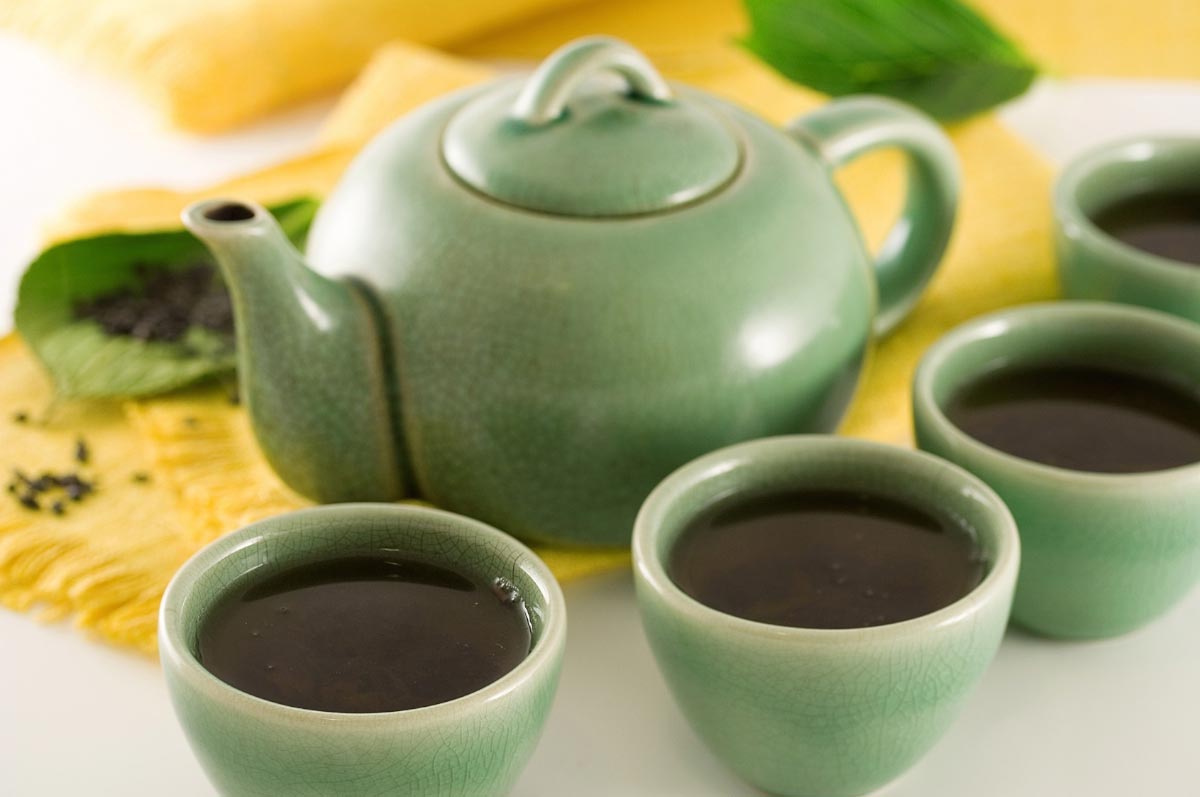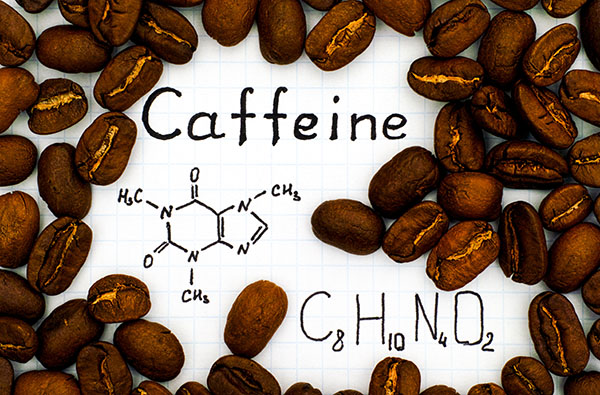
In their study, the researchers looked at the factors that are involved in making espresso coffee – grinding and packing the ground coffee, the water pressure, and mineral chemistry. By working together with baristas, they developed a method wherein they can make espresso coffee with a consistent taste. The technique involves an optimization process that can be attained by changing the grinding size and brew ratio.
Christopher Hendon, one of the study's researchers, explained that the optimum extraction could be systematically determined by predetermining the coffee-to-water ratio and the water pressure. As a result, the barista will be able to repeatedly improve their espresso consistently, and reduce waste coffee mass at the same time.
In earlier research done in his lab, they looked at several factors that can affect the reproducibility of espresso. One of these factors is water hardness. Water hardness differs throughout the U.S., and it can change the flavor of the coffee. “Hard” water rich in magnesium and calcium creates a stronger flavor compared to “soft” water. This is a result of the compounds, such as caffeine, that stick to magnesium during the brewing process. Hard water also tend to be rich in bicarbonate, making the coffee more bitter.
The freshness of the coffee beans can also affect the taste of coffee. Newly roasted coffee has carbon dioxide and other compounds that evaporate quickly, making the coffee less flavorful. Nonetheless, the rate of evaporation can be slowed down by storing coffee in the fridge, which prolongs the shelf life of coffee.
When Hendon and his team focused on the process of grinding coffee beans and the brewing method, they found that the grinders used can greatly affect the taste of the coffee.
“There is a point in grinding coffee beans when you make too many small particles, which stick together and result in reduced extractions,” Hendon explained.
In addition, the water should come into contact with the coffee ground equally when extracting the espresso. This can be done by passing water through the coffee grounds in a systematic way. With a traditional drip-brew coffee pot, the water only flows mainly through the center of the grounds, while the grounds on the outside have minimal contact with water.
The study was presented at the 255th National Meeting & Exposition of the American Chemical Society (ACS).
The benefits of coffee
According to the National Coffee Association, Americans drink more than three cups of coffee a day on average, which contribute to a $40 billion industry in the U.S. alone. Most people drink coffee to keep them awake and boost their energy. Moreover, there is increasing evidence of the health benefits of coffee.
One of coffee's potential health benefits is that it may prolong life. Studies suggested that moderate consumption of coffee, or three to four cups per day, can extend the lifespan of the consumer. In a 2015 study published in the journal Circulation, researchers found that coffee consumption was linked to an eight percent to 15 percent reduction in the risk of death. The reductions were greater among those with greater coffee consumption. Other studies also suggested that drinking coffee may lower the risk of cardiovascular diseases, such as heart attack, heart failure, and stroke, Type 2 diabetes, Parkinson's disease, uterine and liver cancer, cirrhosis, and gout. (Related: Coffee – The Health Benefits of Beans & Brews)
Read more news stories and studies on food by going to Food.news.
Sources include:
Please contact us for more information.























